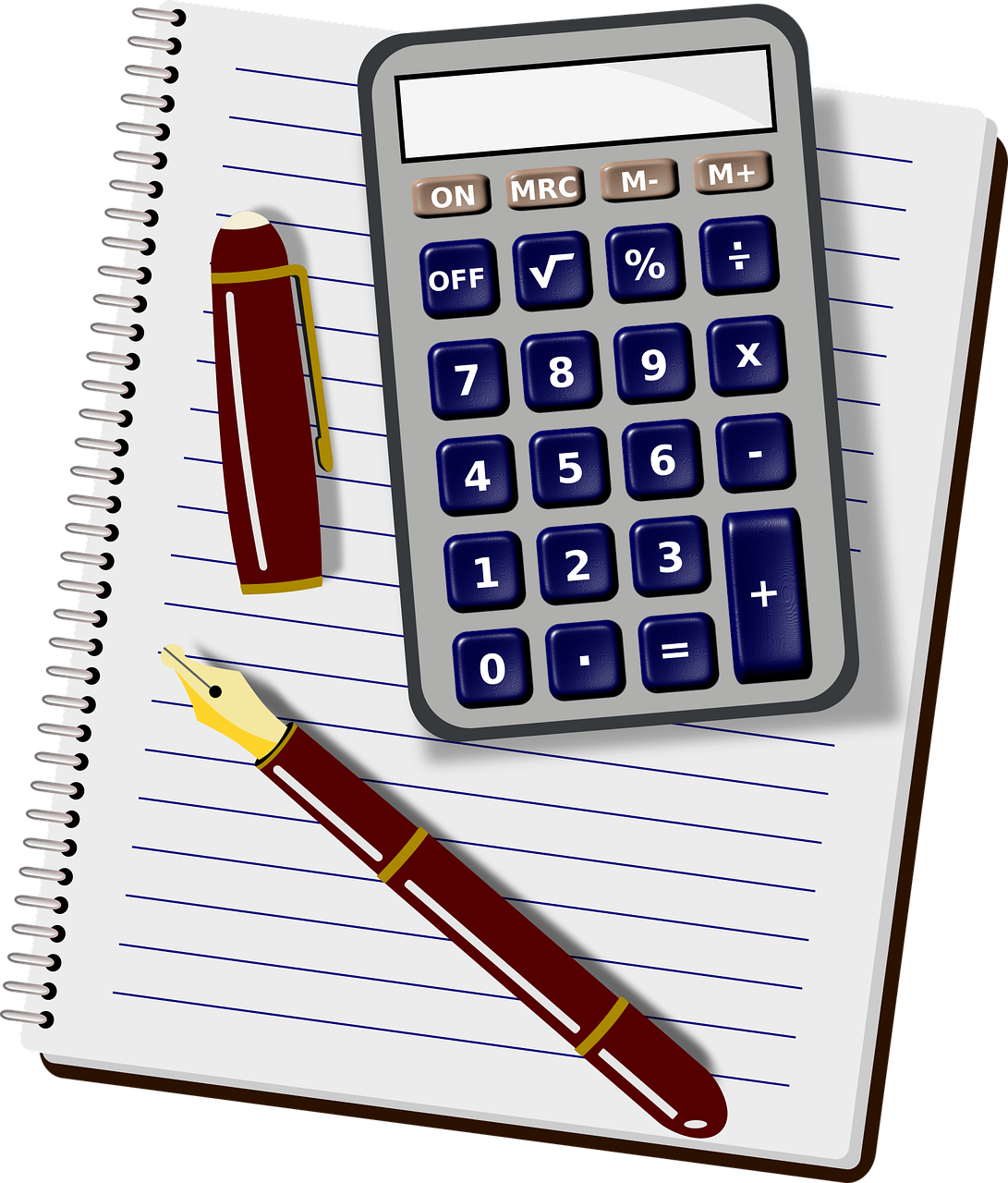Gaps. A word with many uses can often be a good thing; such as taking a gap year after high school to travel or having a gap on your resume to focus on being an in-home parent. But it’s not good to have gaps when it comes to calculating values for commercial real estate assets.
Generally accepted accounting principles (aka: GAAP) provide guidelines for commercial real estate professionals in the area of accounting. The only question is, how do you use them to calculate depreciation? Here are three methods for determining depreciation on your CRE assets.
 1. Straight Line
1. Straight Line
This is the most popular method for a reason. Basically, you can determine the depreciation of an asset by deducting the value (aka “salvage value”) from how much the asset initially cost, then dividing the resulting number by how long the asset can be useful.
Asset Cost – Asset Value
Years of Use
Example: you buy a $10,000 vending machine as a perk for an anchor tenant and estimate it giving you a value of $5,000 over five years. In this example, the depreciation for the asset would be $1,000 per year.
2. Declining Balance
Another method is ideal for commercial assets that depreciate quickly (e.g. vehicles, technology, etc.), or at least faster than they would in other scenarios or conditions (aka “accelerated depreciation”). With this method, you can still balance this accelerated decline by simply using a fixed percentage rate that you apply each year the asset is being used.
(Note: there is also a double declining method, which, like it sounds, doubles the percentage rate of depreciation.)
3. Years or Units of Production
Other methods for determining depreciation on CRE assets involve sums. The more common method calculates units of production to determine depreciation, specifically by using the metric of time to define an asset’s “useful life.” This is an easy calculation, as you simply report depreciation for however many units produced that will be phased out before next year.
Or, you can go the complex route with the sum-of-the-years digits method. While more accurate at determining value and depreciation (especially for accelerated depreciation), it involves a complex formula that may be cumbersome or difficult for most CRE professionals to handle by themselves. The good news is that technology today can automate formulas like this.
If you’d like to see how commercial real estate software like Quarem can help you easily determine depreciation and other metrics, request a demo today.

